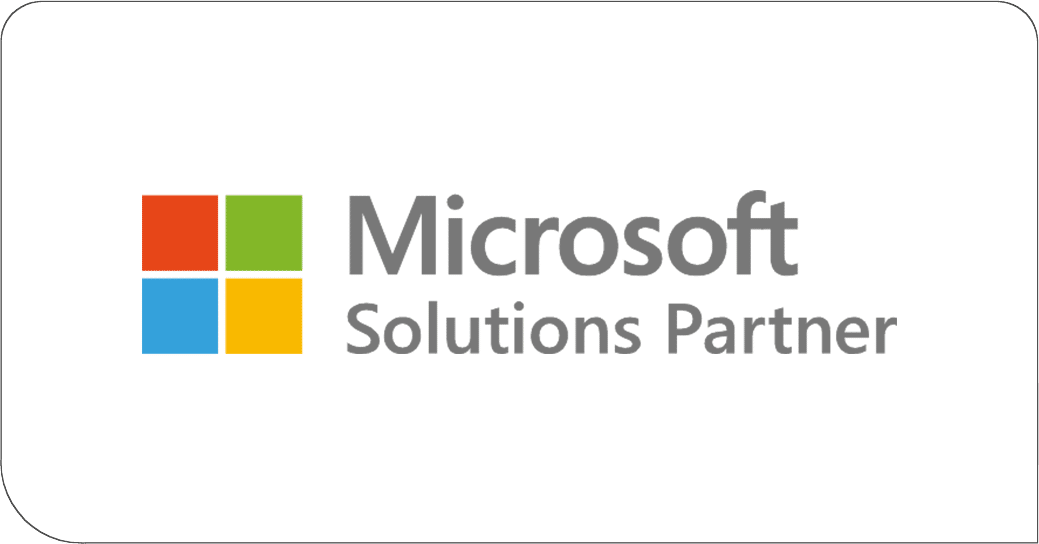As cybercriminals employ increasingly sophisticated methods, the need for advanced cybersecurity protocols has never been more critical.
Advanced cybersecurity measures and protocols provide an adaptive, multi-layered approach that evolves in tandem with the cyber threat landscape, ensuring a strong defense system to protect data against security threats, while preparing you for the possibility of an attack in the future.
This guide will explore advanced cybersecurity measures that should be built onto your basic cybersecurity strategy to create a stronger, more intelligent framework.
Building on the Basics: From Reactive to Proactive
Basic cybersecurity starts with fundamental practices designed to protect computers, servers, mobile devices, electronic systems, networks, and data from security risks. These practices include using antivirus software, implementing strong passwords, and regularly updating software to patch vulnerabilities. Basic cybersecurity standards create a baseline defense against common threats such as viruses, malware, and simple phishing attacks.
Advanced cybersecurity, however, takes these foundational measures to the next level by incorporating more sophisticated and proactive strategies to counteract the evolving tactics of modern cybercriminals. These protocols and solutions build on the basics by integrating complex technologies and methodologies that protects your business by anticipating and mitigating threats before they can breach the system.
For instance, where basic cybersecurity might stop at simple password authentication, advanced cybersecurity introduces multi-factor authentication (MFA) and biometrics, adding layers of security that make unauthorized access significantly more difficult.
Advanced Cybersecurity Solutions: Where to Start?
1. Zero Trust Architecture
This model operates on the principle of “never trust, always verify,” effectively treating every user, device, and network interaction as a potential threat. Implementing zero trust involves rigorous identity verification, micro-segmentation of networks to limit lateral movement, and least-privileged access to minimize exposure to sensitive information.
2. Secure File Sharing
Advanced file sharing solutions can encrypt files at rest and in transit, keeping data secure from unauthorized access. Features like digital rights management (DRM) add an extra layer of control, allowing you to dictate who can view, edit, or share your documents, even after they’ve left your secure environment.
3. Network Access Control (NAC)
NAC systems enforce policy-driven access control, so that only authorized and compliant devices can access network resources. This secures the network from unauthorized access, and helps in mitigating the risks posed by non-compliant devices.
4. Email and Data Encryption
Advanced encryption standards make your data indecipherable to unauthorized parties, ensuring that your communications and data – both at rest and in transit – are scrambled, making them indecipherable to anyone without the proper decryption key.
5. Data Loss Prevention (DLP)
DLP technologies monitor and control data movement across your organization, preventing unauthorized access and sharing. By setting up strict policies, DLP solutions can detect and block sensitive data from being accidentally or maliciously leaked.
6. Next-Gen Firewalls
Gone are the days of simple packet filtering. Next-generation firewalls (NGFWs) offer comprehensive network protection by integrating traditional firewall technology with advanced functionalities like application awareness, intrusion prevention, and deep packet inspection. NGFWs provide a granular level of control and visibility, ensuring your network is safeguarded against a multitude of threats.
7. Intrusion Detection Systems (IDS)
IDS solutions are cybersecurity sentinels, constantly monitoring your network for suspicious activities and known threats. By analyzing traffic and identifying unusual patterns, IDS can alert administrators to potential breaches, allowing for swift action to mitigate risks.
8. Disaster Recovery and Business Continuity Planning
No one is impervious to a cyber-attack. Disaster recovery and business continuity planning are designed to help your business quickly bounce back from cyber incidents with minimal disruption. It involves creating and regularly updating plans that detail how to recover lost data and restore business operations in the wake of a successful cyber incident.
Regular tests of these plans will be instrumental to ensure they work as needed, with enough people on each team, and every employee understands their specific roles during a data breach.
How to Choose and Implement the Right Advanced Cybersecurity Protocols
Selecting the most appropriate advanced cybersecurity measures for your organization involves a careful evaluation of your existing security foundation, risk profile, and specific business needs. It’s about building upon the solid base you’ve already established with basic cybersecurity practices, and tailoring additional protections to address more sophisticated threats.
1. Conduct a Comprehensive Risk Assessment
Revisit and update your risk assessment to reflect current threats and vulnerabilities. Understanding the specific risks your organization faces is crucial in determining which advanced measures will be most effective.
2. Align with Business Objectives
Ensure that the cybersecurity measures you consider align with your overall business objectives and operational requirements. Security shouldn’t hinder business operations; it should support continuity and IT performance.
3. Prioritize Based on Impact and Feasibility
Prioritize measures based on their potential impact on mitigating risks, and their feasibility within your organization’s resource constraints. It’s important to balance security improvements with budget, manpower, and system compatibility considerations.
4. Regulatory Compliance Requirements
Take into account any industry-specific regulatory requirements that your organization needs to comply with. Advanced cybersecurity measures should ensure compliance with relevant laws and standards.
5. Evaluate Technology Compatibility and Integration
Assess how well new security measures will integrate with your existing systems and technologies. This integration is key to maintaining operational efficiency and ensuring that security layers work cohesively.
6. Seek Expert Consultation
Consult with cybersecurity experts or managed security service providers (MSSPs) for insights into the latest threats and the most effective advanced measures to counter them. These professionals can offer valuable advice tailored to your specific situation.
7. Plan for Scalability and Future-Proofing
Choose security measures that are scalable and adaptable to future technological advancements and emerging threats. The cybersecurity landscape is constantly evolving, and your defenses should be able to evolve as well.
8. Pilot and Test Before Full Implementation
Before rolling out new security measures across the board, conduct pilot tests to evaluate their effectiveness and impact on your operations. This phased approach allows for adjustments to be made before full implementation.
9. Employee Training and Awareness
Advanced cybersecurity measures and protocols will require comprehensive training for your people. This should go beyond basic cyber awareness training, which is generally about recognizing phishing attacks and safe online practices, to focus on how to work with the new solutions.
For example, interactive training methods like real-world simulations can engage employees and improve retention of cybersecurity concepts. If a zero trust model has been enforced, clarify how and why access to resources is granted or denied, emphasizing the importance of these controls in protecting sensitive information.
10. Regularly Review and Adapt
Cybersecurity is not a set-it-and-forget-it solution. Regularly review the effectiveness of implemented measures and be prepared to adapt as new threats emerge and business needs change.
Implement the Advanced Cybersecurity Standards Your Business Needs
As daunting as the process might seem, the steps outlined in this guide serve as a roadmap to fortify your defenses against sophisticated cyber threats. Remember, cybersecurity is a continuous process of adaptation and improvement, demanding vigilance and proactive measures to stay ahead of potential threats.
The cybersecurity specialists at Davenport Group will help you create a multilayered security framework that builds on your basic security framework, addresses your risk level, and adheres to industry standards. Contact us today and discover the advanced solutions your business needs to stay secure and prepare for the worst.

